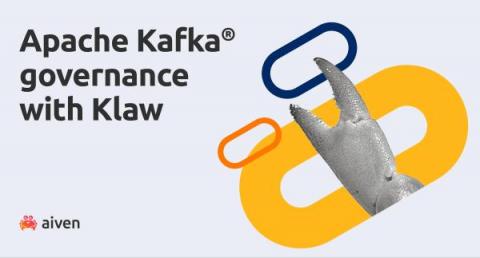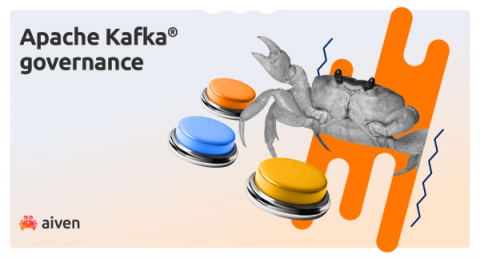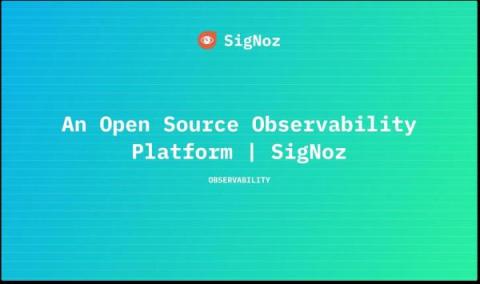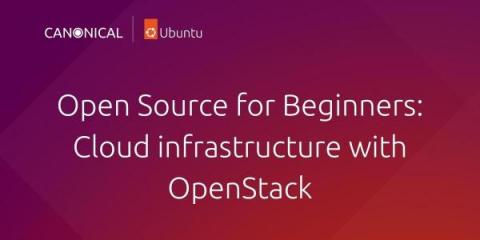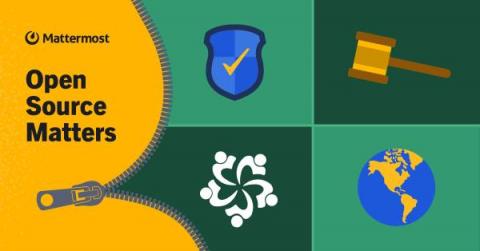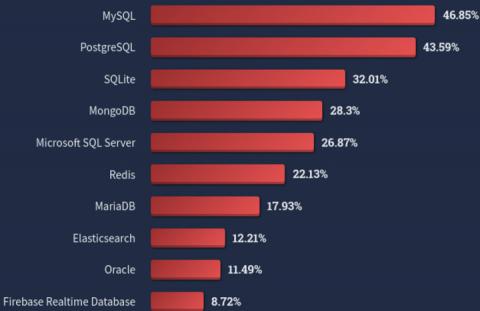Operations | Monitoring | ITSM | DevOps | Cloud
Open Source
Aiven welcomes Kafkawize, now Klaw
An Open Source Observability Platform | SigNoz
Open-source cloud for beginners with OpenStack
In the beginning, there was Amazon Web Services (AWS). And AWS set a standard for cloud computing. AWS was fast, flexible, convenient to use and geo-redundant. Definitely much better than legacy IT infrastructure or VMware. A lot of enterprises all over the world started migrating their business applications to AWS.
What is Distributed Tracing and How to implement it with Open Source?
GitHub improves supply chain security, EFF takes on U.S. Treasury Department & more: Open Source Matters
Welcome to the Fall 2022 edition of Open Source Matters: our regular publication about the latest happenings in open source! Let’s dive into the news.
Blockchain sanctions and the future of open source - Open Source Matters
Should you use open-source databases?
You are not the only one asking this seemingly popular question! Several companies are torn between the rise in appeal of open-source databases and the undeniable challenges inherent to their adoption. Let’s explore the trends, the drivers and the challenges related to open-source database adoption.
Akka License Change: The Impact of Akka's Move Away From "Open Source"
Akka’s license change has surprised many of us, but it didn’t come out of nowhere. Lightbend recently announced that Akka will be transitioning from an “Open Source” license to a “Source available” license called BSL 1.1. Let’s unpack this to understand what it all means.


